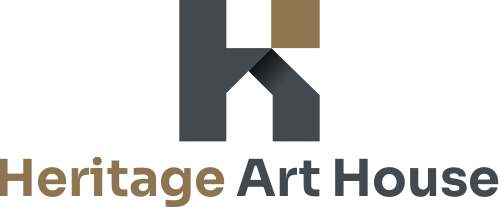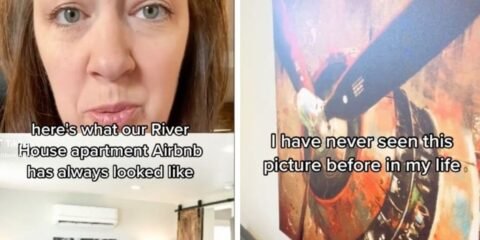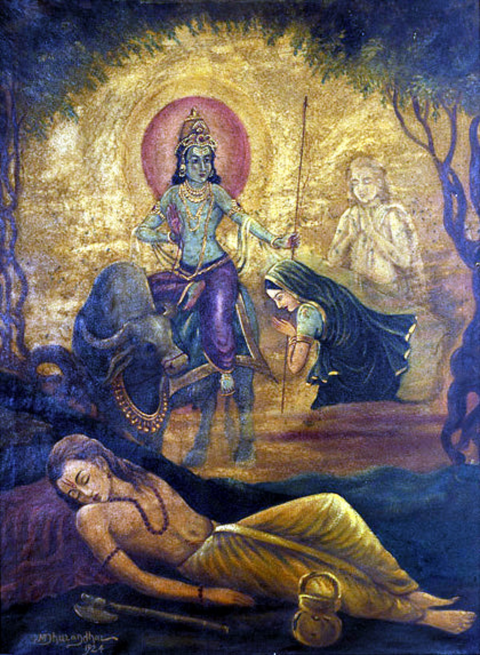Simon Laurie and Francis Boag exhibit at The Lemond Gallery, Glasgow. So what can you expect?
Fellow travellers often sit well together in galleries, their similarities of subject or technique adding weight to an exhibition as well as underlining the importance of the curatorial eye. But sometimes the opposite is also true – by reflecting and magnifying the obvious differences between artists, close contact and juxtaposition can highlight their individual strengths. That is certainly the case with the upcoming show at The Lemond Gallery in Glasgow, an exhibition of works by artists Simon Laurie RSW RGI and Francis Boag.
The first is a painter of abstracts who trained at Glasgow School of Art in the 1980s. Alison Watt was a classmate, Barbara Rae an encouraging voice among the teachers, and by his own admission he has long been a devotee of the St Ives School which flourished in the picturesque (and now, sadly, tourist-choked) Cornish town in the middle years of the 20th century. Among his stated influences are Ben Nicholson, Peter Lanyon and Greenock-born William Scott, as well as those modern British abstract painters who followed their lead into the 1960s and 1970s.
For the Lemond show he is exhibiting a suite of new works which, though they have titles such as Red Canyon, Foreshore and Slipway, are still rooted almost entirely in his chosen form of expression.
Read more
“They’re all completely abstract and they all come from different elements and ideas – there’s not any place or anything they’re particular to,” he explains, speaking from his studio in Glasgow. “Most of them have a kind of horizon line, so I would say they are landscape based. But I think if you start with too much of a solid idea you kind of restrict yourself in the process of painting. So I try to not have an idea at first and maybe later on, as I finish it, the title comes. But the title to me is just really a lead-in to the painting. Titles are not important to me.”
So his is an entirely studio-based process, an exercise in colour, composition and form?
“Yes. It’s also about tapping into the subconscious. It’s things I’ve probably seen that have been processed through the head, through the mind, then it comes out on the canvas, or on the board. It’s very, very loose. I try to keep it that way so the emphasis is all on the paint, and on the shapes and the surfaces.”
Dundee-born Francis Boag trained at Duncan of Jordanstone in the mid-1960s under the watchful eye of the influential Alberto Morrocco. However he spent the first part of his career as an art teacher in Dundee, Perth and, latterly, at Aberdeen Grammar School, where for over a decade he was Head of Art. But a sabbatical to undertake an MA at the city’s Gray’s School of Art saw him finally swap teaching for full-time painting in 2001. He hasn’t looked back. Today his subjects are the buildings and landscapes around his Stonehaven home, or the gardens and cityscapes he finds on his travels to Spain, France and Italy.
Though Boag’s work often incorporates elements of collage in the form of printed material – it’s not unusual to find a single word or number cropping up in his paintings, for example, with snippets of musical scores being a particular favourite – his bold use of colour has seen him numbered among a group of Scottish artists dubbed The New Colourists.
Simon Laurie (Image: free)
Red Canyon by Simon Laurie (Image: free) “Jolomo [John Lowrie Morrison] and Hamish MacDonald introduced this idea of heightened colour, and to my mind it seemed like an extension of some of the things Scottish art was quite well known for,” he explains of the tag. “I was one of that group, along with George Birrell, Kirsty Wither and Pam Carter. We all use quite vibrant palettes and have some influence from Cadell and Peploe. So it was a phrase that was used and which seemed to catch people’s attention, as some phrases do. It wasn’t an attempt to talk ourselves up!”
He also tips his hat to the French Impressionists, particularly Monet, and to Post-Impressionist Paul Gauguin, in whose idealisation of a tropical ‘paradise’ he finds a template of sorts for his own approach to painting.
“I love the idea that you can make your own world in your painting, and invite people into it to share it. Not that the world is like that, it’s a fantasy thing. But it’s something that drives you along,” he explains.
Boag does use sketchbooks in his work but he often paints from memory – images and impressions absorbed on a visit to Antoni Gaudi’s Sagrada Familia church in Barcelona, say, or more familiar views, such as ones of Ury House in Aberdeenshire. He passes the ruined 19th century mansion almost daily while walking his dogs and he has made several paintings of it.
“It’s not accurate all the time, but it creates a feeling,” he says of the world he creates in his paintings. “It’s also about nostalgia. It’s not quite the present, it’s the day before yesterday – there are no windfarms or pylons or these poly-tunnels, which are an abomination on the landscape. You’re just gently pulling people along on a road which is part fiction and part fact.”
Two painters each offering a rich body of work – but also the contrast which is such an important component of art. Vive la difference!
Simon Laurie RSW RGI & Francis Boag exhibit at The Lemond Gallery, Glasgow from Saturday September 6 until Sunday September 14





